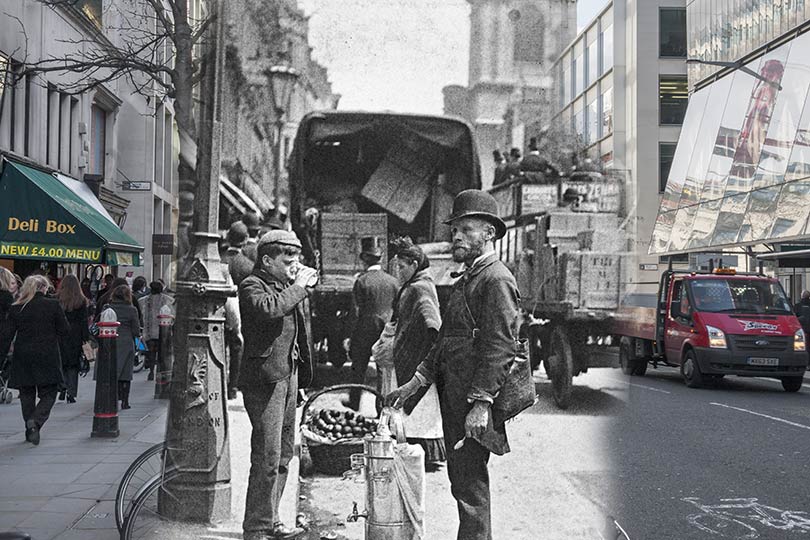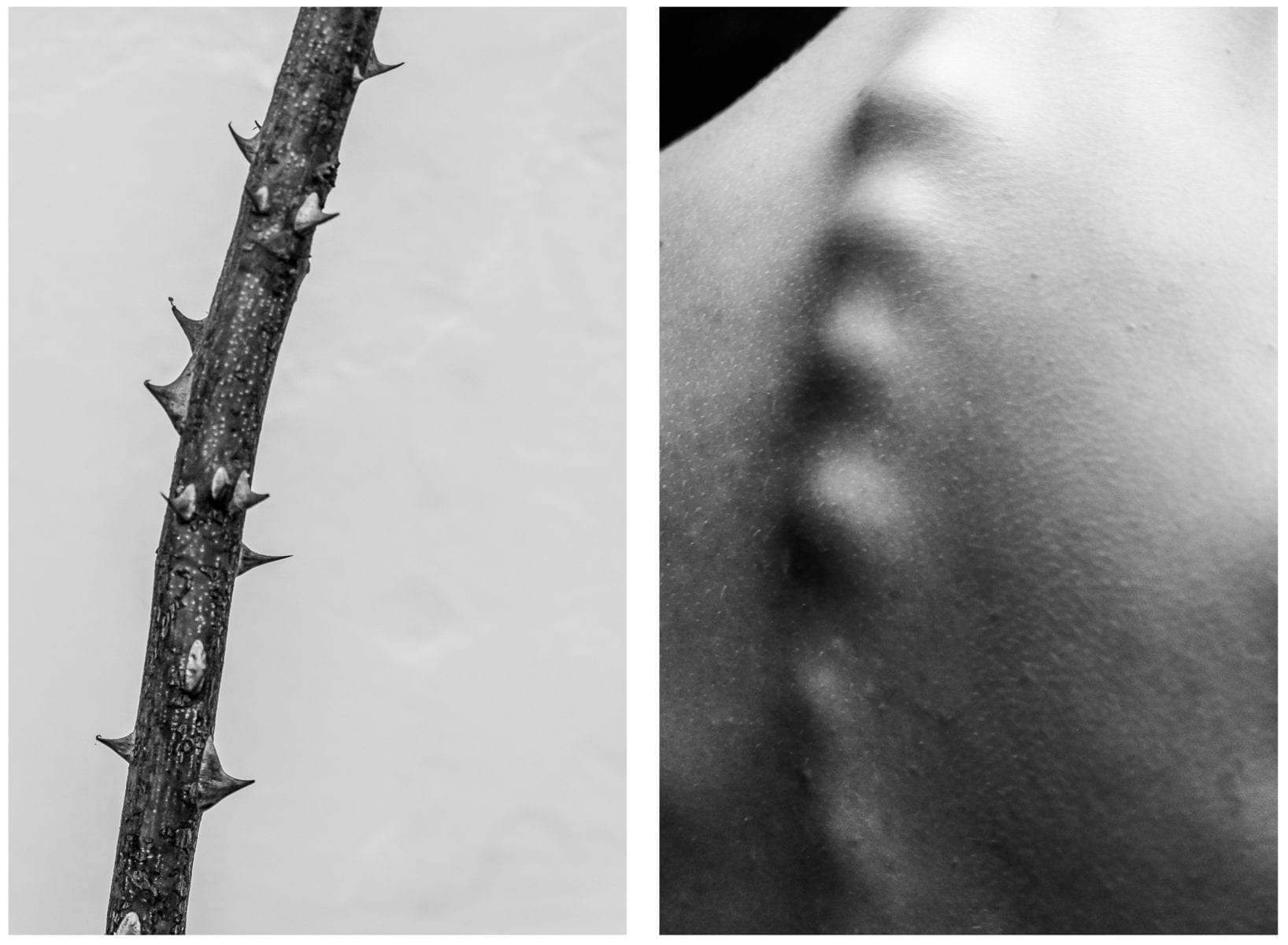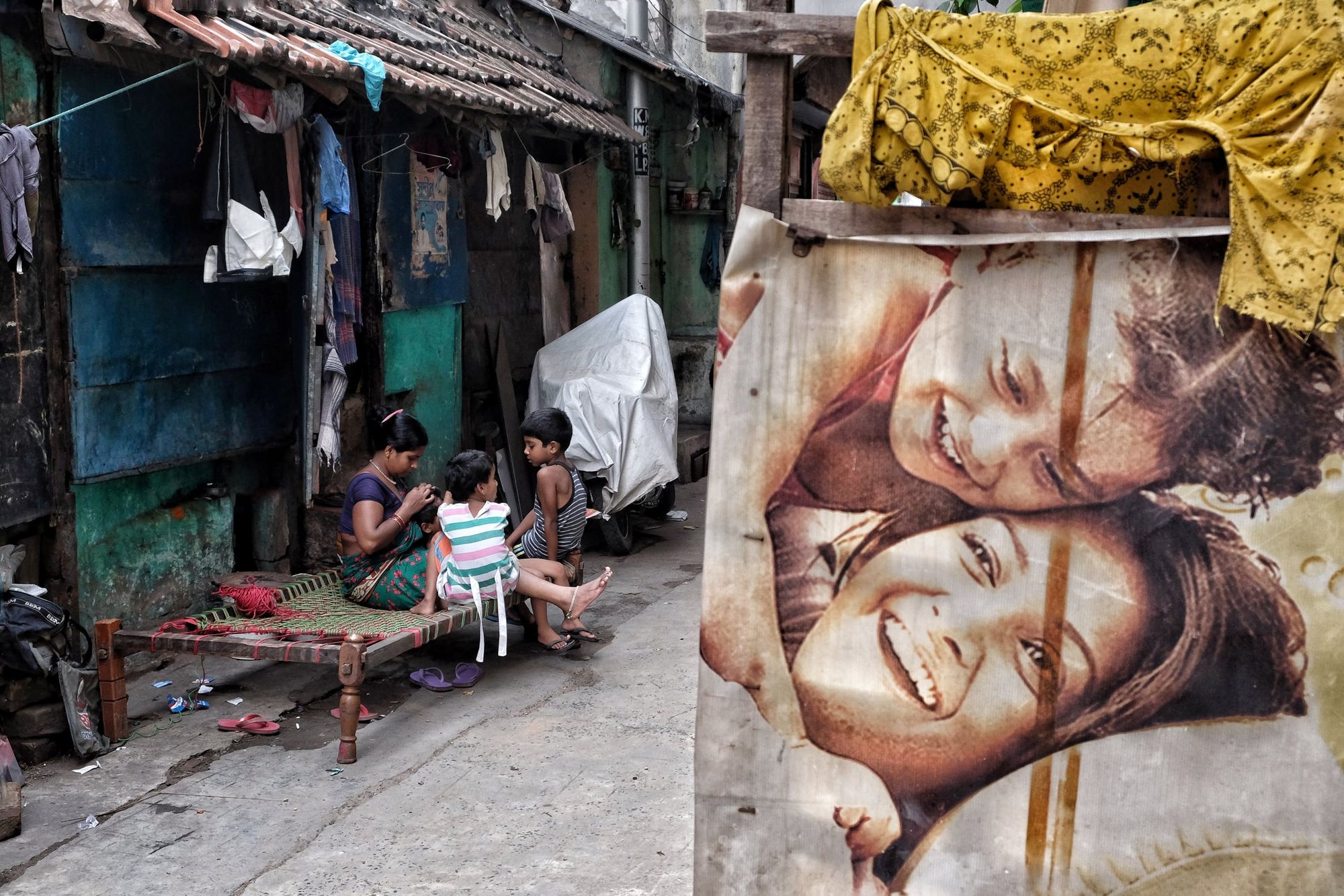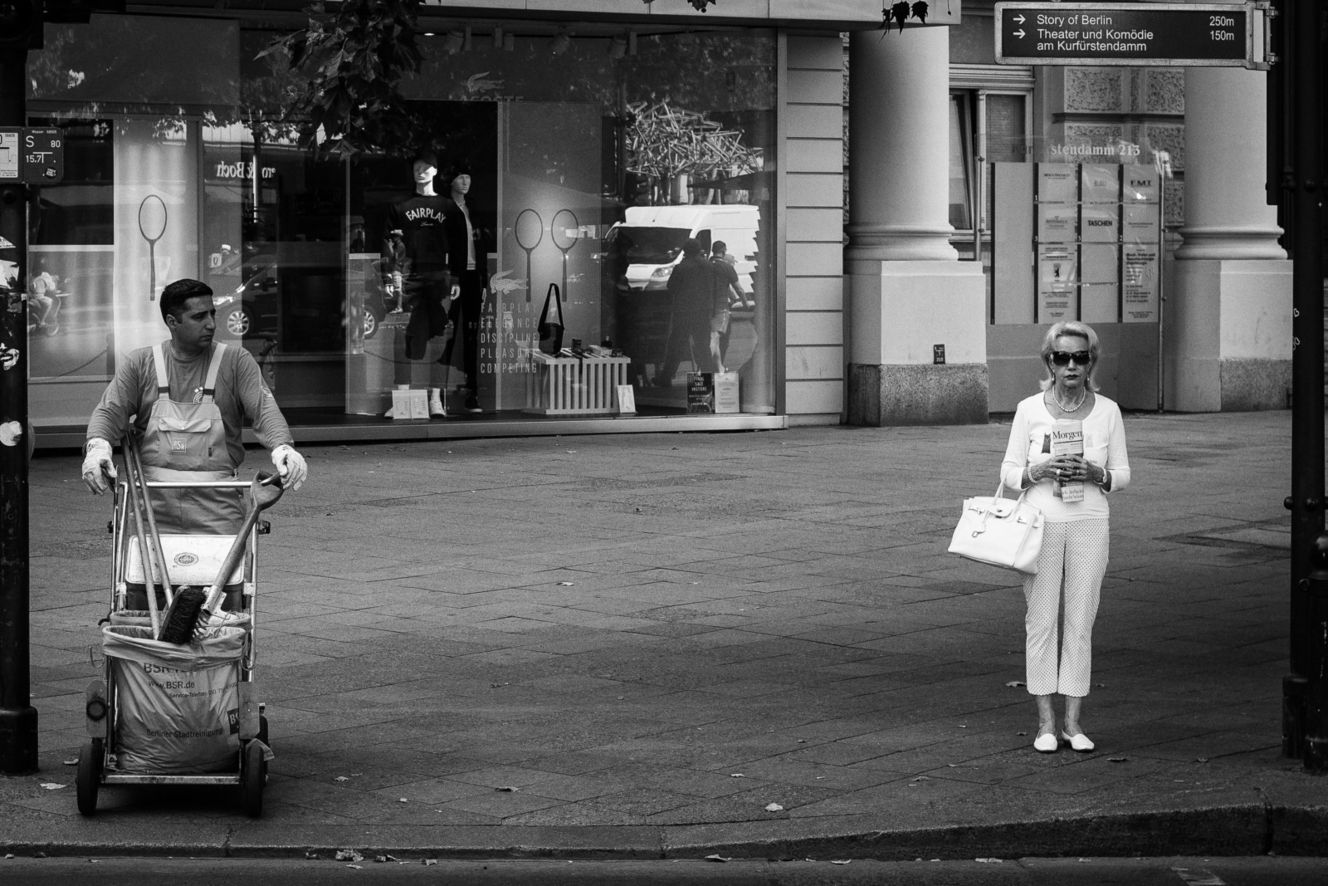Juxtaposition in Photography: Definition, How to Use & 3 Quick Tips
Hire film gear from local filmmakers.

Hire film gear from local filmmakers.
"Opposites attract" might be the most debunked myth in real life - however, this notion is still true for photography!
Juxtaposition is exactly that - giving your photos some new layers of meaning by connecting the two seemingly different and contrasting things.
In this article, we will explain all about juxtaposition in photography - what it is, how to use it (with examples!), and share 3 quick tips to make the best of juxtaposition in your pics!

What is juxtaposition in photography?
First things first, let's define juxtaposition in photography. Essentially, it means integrating two or more components in the same picture to emphasize an interesting contrast between them and to create a gripping image with a special meaning.
By using juxtaposition, photographers try to make a statement, and the contrast elements in the frame are helping them in this aim. Dark color next to light colors, a person next to their shadow, an old man next to a kid - these examples and alike are all representations of juxtaposition.
Why use juxtaposition in photography
- Emphasize differences or similarities
- Grab attention
- Add layers of meaning
- Show a connection between seemingly different subjects
- Create absurdity
- Spark emotions and create an element of surprise
5 examples of juxtaposition in photography
1. Big versus small
A simple illustration of juxtaposition wherein two things of varying sizes are captured to exemplify the idea.
You can take a tiny and a large object, and they can both be of the same nature. A massive house or skyscraper adjacent to a little house, a tall man next to a short person, and so on.
The emphasis on the two's relationship also enhances and contributes to the aesthetic juxtaposition's significance.

2. Past and present
Emotional relationships have always been promoted by the past and present notion, and it's also an outstanding juxtaposition illustration.
You can photograph a prominent location and contrast it with a black-and-white image taken many years ago. You can also take a photo of your child next to a wall where your childhood photo was taken. The juxtaposition notion will be best demonstrated by comparing both of these images.

3. Diptych
A diptych is when two identical photographs are placed beside one other to tell a story or emphasize a contrast. "Diptych" as a term is derived from ancient Greek and literally means "folded in two".
The two images are combined to form a third subject and a third essence that bears additional meaning between the two juxtaposed sides. Diptych is a popular format used to combine pairs of themed images to complement one another.
For the diptych to work, you should aim to show some commonalities between the two photos - they can share the aesthetic, the subject, the color, form, or location.

4. Juxtaposing emotions
Another simple yet effective way to use juxtaposition is by contrasting the emotions.
You can depict it by comparing "emotion and emotionless" - with one subject showing emotion and the other one being completely detached. You can also contrast the two different emotions - joy and sadness, anger and fear, disgust and admiration.

5. Juxtaposing social circumstances
It's not a calming example of juxtaposition, but somehow it serves as a good reminder that not everyone is as fortunate as you are.
You could capture such a juxtaposition in a number of ways, such as a homeless guy resting beside an ad for a new expensive iPhone or another form of a poster.
Such contrasts serve as a societal commentary and convey a strong message. It is a global concern that is not limited to a single location.

3 quick tips to use juxtaposition in photography
1. Put two juxtaposing images together
So you got the two images you want to put together to create a juxtaposition. What's next?
One golden rule you should always remember is that without a story, the two contrasting images will never be perceived by the viewer as juxtaposed.
When working on juxtaposition, try to think the idea through and establish as many connections and layers of meaning as possible. The more layers you offer, the more professional the juxtaposition will appear to the audience.
2. Capture the reflection, or shadow of your subject
You can experiment with shadow and reflection to create interesting photographs. Consider taking a portrait of a person with their shadow, where the latter is creating the sense of something completely distinct. The same is true of reflections - use a mirror to reflect an opposing reality.
3. Experiment with opposing colors
Phones and a variety of filter software make it possible to transform pictures into paintings or transform images into black and white with the exception of one color.
Take this example: a woman in a bright red dress, rushing across a metropolitan street. While the color juxtaposition is contrived, the results are remarkable. Look for the ideal subject to cross the road in vibrant colors against the same dull grey background, and you'll have your winning photo.
Color contrasts can be found in nature as well. Consider a street scene where a man dressed in a brilliant blue suit passes past a bright orange billboard. The opposing colors create an interesting juxtaposition that deserves to be photographed.
Learn more. Become a better photographer
Voilà, now you have all the necessary knowledge to go out there and create unique images with juxtaposition!
Becoming better at photography always takes practice, but some pieces of professional advice will never hurt. Find answers to all of your questions about the craft in this ultimate guide on photography!
What is juxtaposition in photography?
Juxtaposition in photography is integrating two or more components in the same picture to emphasize an interesting contrast between them and to create a gripping image with a special meaning.
What is an example of juxtaposition in photography?
Dark color next to light colors, a person next to their shadow, an old man next to a kid - these examples and alike are all representations of juxtaposition.
Why do photographers use juxtaposition?
By using juxtaposition, photographers try to make a statement - to show a connection between seemingly different subjects, to emphasize differences or similarities, and to spark emotions and create an element of surprise.






















